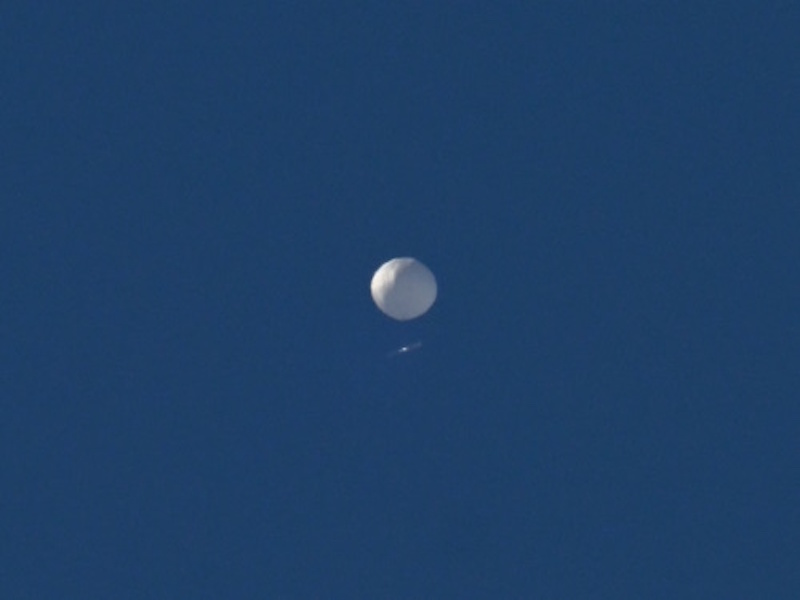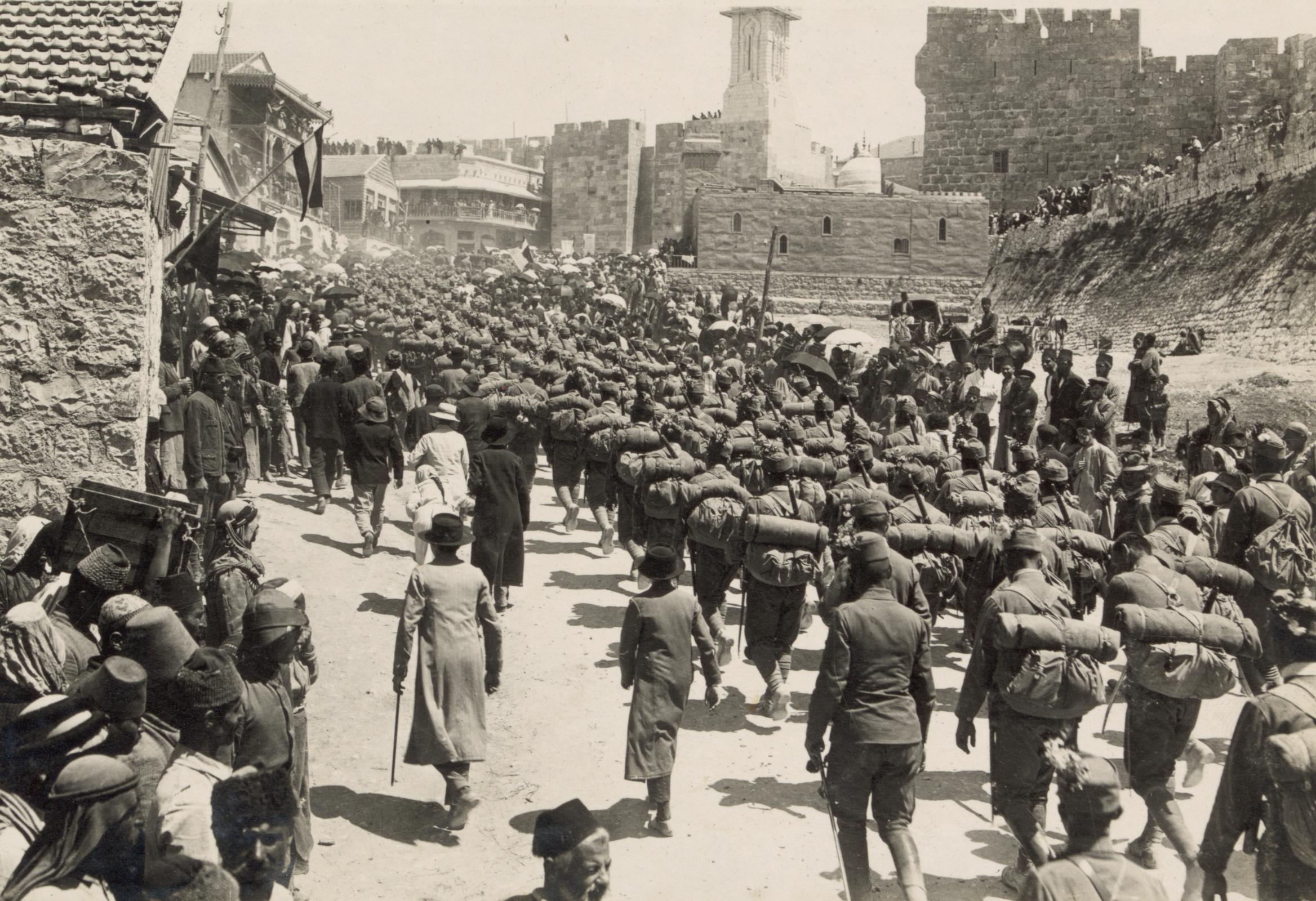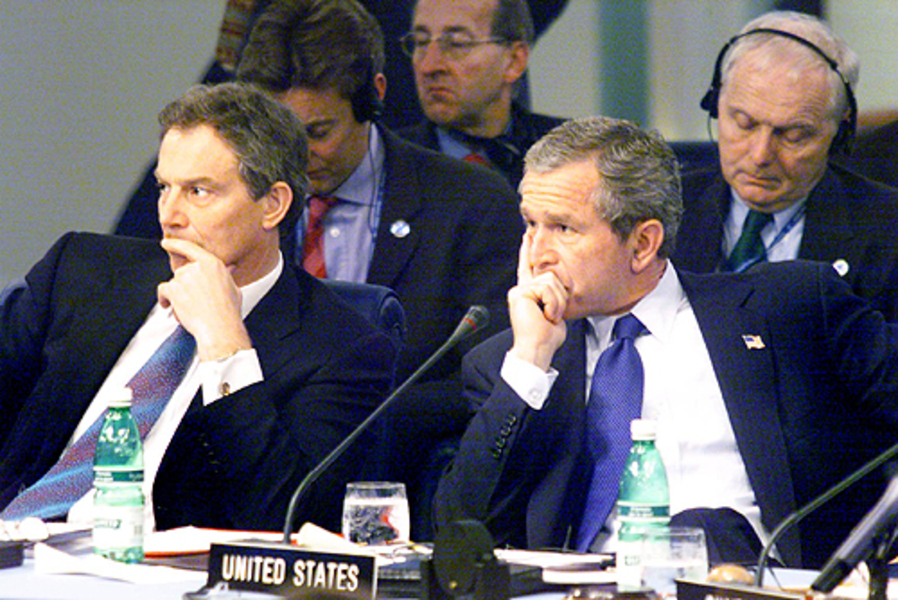A balloon identified as a Chinese surveillance vessel was spotted flying over top of many military sites in the United States earlier this month. In an effort to protect national security, US officials decided to shoot down the high-altitude surveillance balloon, an action supported by Canada. Canadian officials noted that the balloon entered Canadian airspace, and pilots were warned of the potential of coming into contact with the object. The balloon was tracked for the entirety of the time that it flew over Canadian territory.
Chinese officials stated that the balloon deviated from its intended path, where it was allegedly set up to pursue meteorological research. However, it was reported that the balloon tended to linger over top of military bases, such as the missile fields at the Malmstrom Air Force Base. Regardless of the stated intention of the balloon, it has been undoubtedly perceived as a security risk and raises concerns regarding the protection of Canadian airspace.
Since the original sighting of this surveillance balloon, four objects in total have been seen and shot down by Canadian and American officials. While it is not confirmed if the other three objects are also vessels of Chinese origin, officials are carefully monitoring the situation, and many theorize that these new objects serve the same purpose as the initial surveillance balloon.
Canada’s airspace is protected under NAV Canada’s restricted airspace principle, which states that aircrafts are not permitted to enter Canada without any permission from an external user or aircraft controlling agency. While breaches to this principle are uncommon, recent similar cases provide insight into the potential consequences that such breaches can result in. The start of sanctioning generally involves warnings, however insight provided by previous breaches highlight that fines generally come after. For example, in 2022, two Russian pilots and an aircraft operator were fined approximately fifteen thousand dollars due to a breach of Canadian aviation rules. There are no previous cases where more harsh actions have been taken.
Clearly, breaches to aviation regulations are taken seriously; this incident begs the question of how Canadian officials will sanction Chinese officials for their breaches of Canadian air space and whether regulations to Canadian airspace more generally will be altered.
The controlling of entry points into Canada through air and sea are crucial in ensuring public security. Without decisive action being taken to condemn this action legally, Canada may be making itself vulnerable to future security breaches.
Moreover, the upholding of the North American Aerospace Defence Command with the United States (NORAD), can be extremely helpful in ensuring that the collective security of Canada and the United States is maintained and can allow policymakers to coordinate responses to the issues as they come up. Canadian officials were briefed by the United States security and defense staff regarding their proposed solution to the situation in order to collaborate on analyzing future actions.
Recently, China has expressed discontent for the fact that United States officials have shot down the initial balloon, repeatedly contending that the balloon was of a civilian nature and that it does not represent a threat to security for life for United States or Canadian civilians. Further to this point, they add that the United States is ‘overreacting’, and that China can “make further responses as necessary”. They have not spoken about the actions taken on the other three more recent balloons, besides stating that the US has also violated their airspace over the past few months.
The future of airspace security is at a critical juncture both for the United States and Canada; collaborative and well-intentioned action should be steadily taken in order to support the well-being of national and global citizens.
Photo: “Chinese_spy_balloon” (2023) by Trong Khiem Nguyen via Flickr. Public Domain.
Disclaimer: Any views or opinions expressed in articles are solely those of the authors and do not necessarily represent the views of the NATO Association of Canada.




